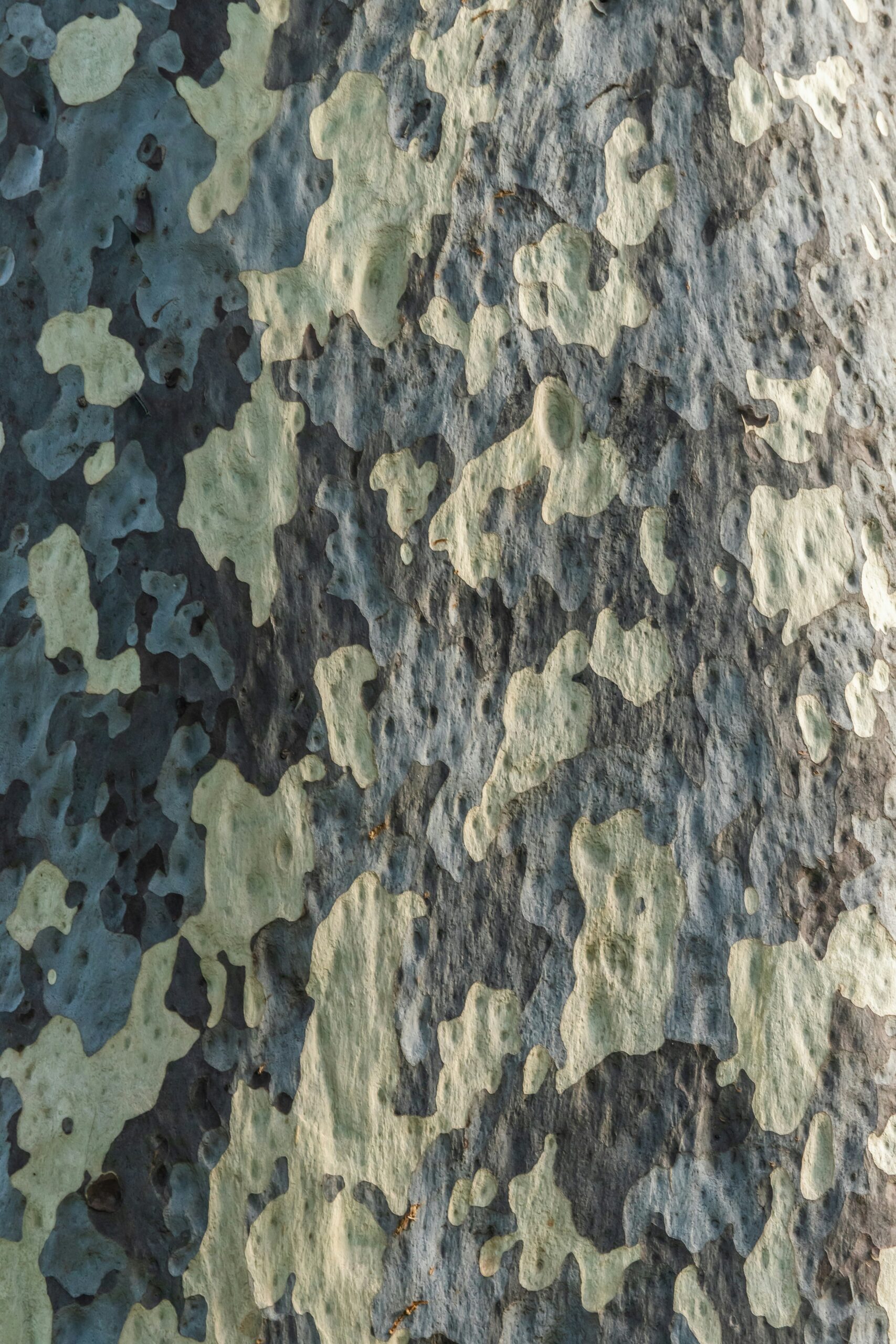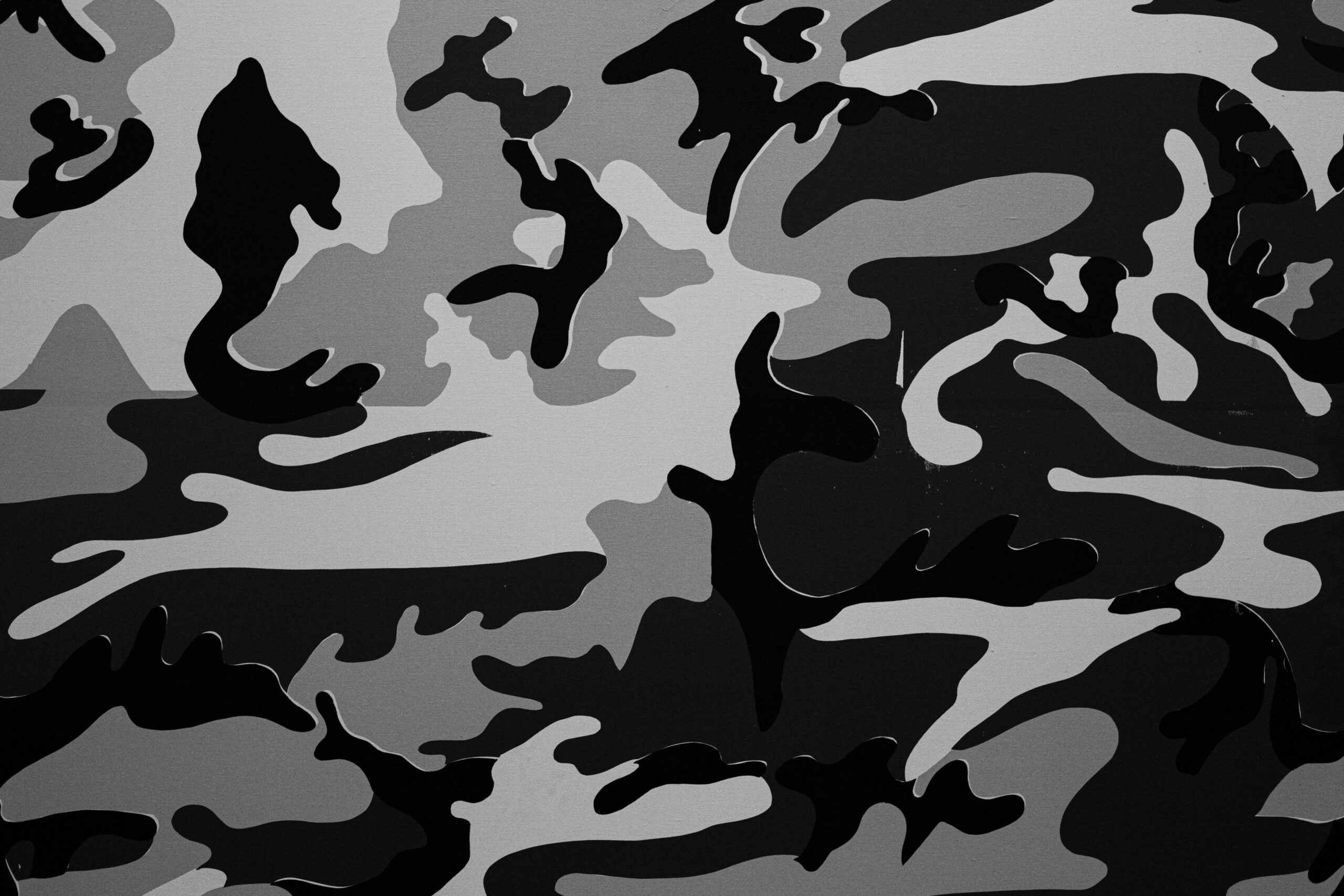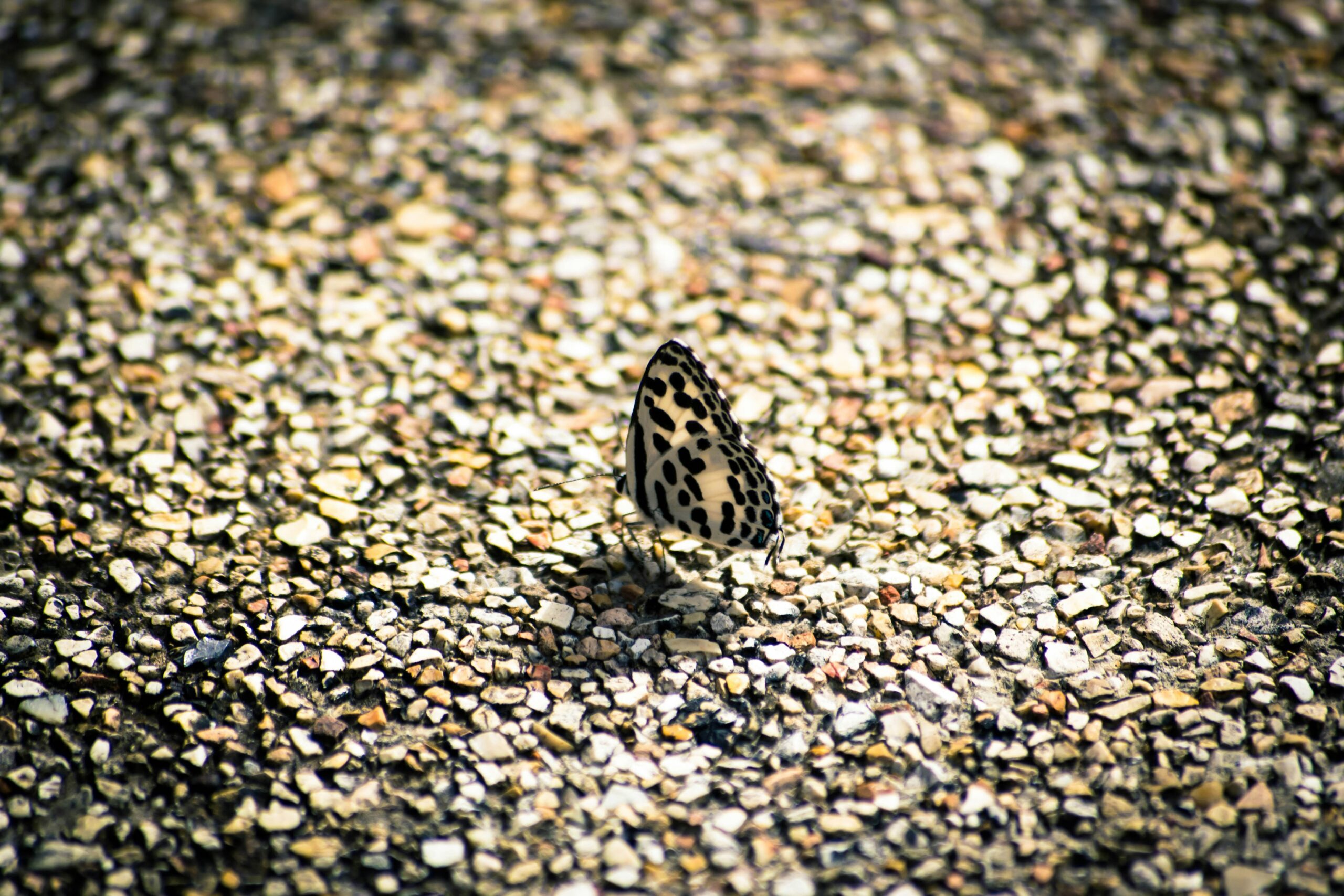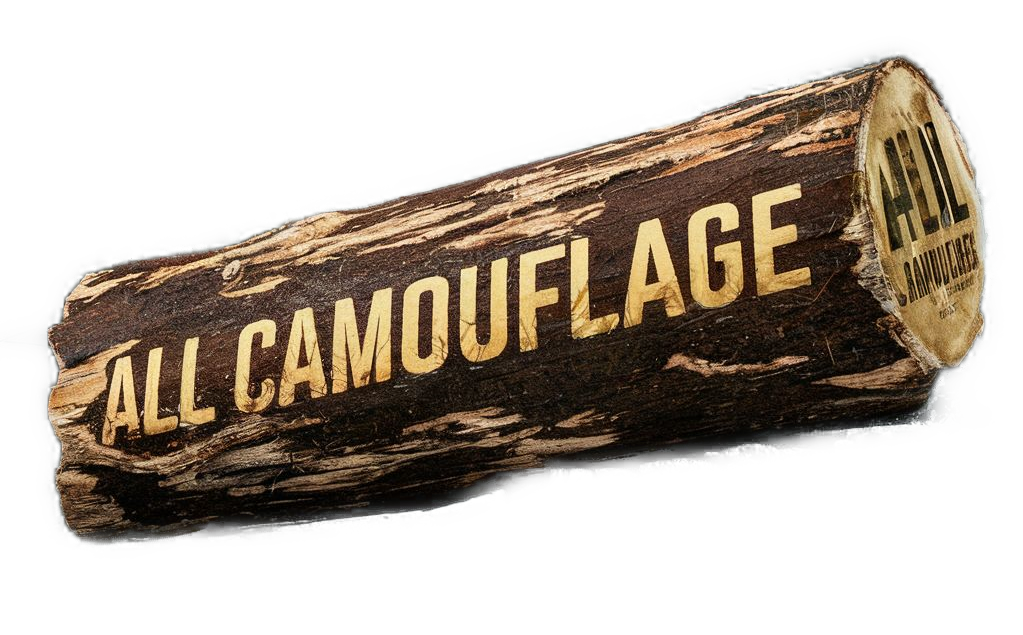Imagine being able to disappear into the wilderness, seamlessly blending into your surroundings without a trace. The secret lies in the art of camouflage outdoor gear. But how does this gear actually blend with the environment? In this article, we will explore the fascinating world of camouflage outdoor gear and unravel the science behind its ability to merge with nature. Discover how these cleverly designed products are not just a fashion statement, but a practical solution for outdoor enthusiasts, hunters, and wildlife photographers alike. So, grab your binoculars and get ready to uncover the mystery behind the magic of blending in.

Understanding Camouflage
Definition and concept of camouflage
Camouflage refers to the ability of an organism or object to blend in with its surrounding environment, making it difficult to be detected. It is a defense mechanism that allows an organism to hide and remain unnoticed by potential predators or prey. The concept of camouflage is based on the principle of blending colors, patterns, and textures in order to match the appearance of the surrounding environment.
Types of camouflage
There are several types of camouflage techniques that organisms employ to conceal themselves. The most common types include:
-
Concealing Coloration: This type of camouflage involves matching the color of the organism’s body to its surroundings, such as a green insect blending in with leaves.
-
Disruptive Coloration: Disruptive camouflage involves patterns and markings that break up an organism’s outline, making it harder to recognize its shape.
-
Mimicry: Mimicry is when an organism imitates the appearance of another organism or object, such as a harmless species resembling a venomous one to deter predators.
-
Countershading: Countershading is a technique where an organism has dark coloration on its dorsal side and light coloration on its ventral side, helping it blend in with both the ground and the sky.
Role of camouflage in nature
Camouflage plays a crucial role in nature, allowing organisms to survive and thrive in diverse habitats. It helps prey avoid predators by allowing them to blend into their surroundings, making it harder for predators to detect and capture them. On the other hand, predators use camouflage to stalk their prey silently and launch surprise attacks. Camouflage also aids in finding mates and hiding from competitors, ensuring the survival and successful reproduction of the organism.
Physics Behind Camouflage
Light and Color
The physics of light and color are fundamental to understanding how camouflage works. Different objects and organisms absorb and reflect light differently, resulting in the perception of color. By matching the color of their surroundings, organisms can effectively blend in and become virtually invisible. This is achieved through the absorption and reflection of specific wavelengths of light that closely match the surrounding colors.
Texture and Patterns
The texture and patterns found in the environment also play a vital role in camouflage. Organisms can replicate the textures and patterns of their surroundings to create an illusion of blending in. Whether it is the rough bark of a tree or the intricate patterns of a leaf, mimicking these characteristics helps organisms conceal themselves from predators or prey.
Visual Perception
Understanding how the human visual system perceives objects is crucial in designing effective camouflage. Humans have certain biases in visual perception, such as being more sensitive to edges and contrasts. By designing camouflage that aligns with these biases, camouflage gear can effectively deceive the human visual system. This requires careful consideration of color, patterns, and textures to create an illusion of blending in.
Basics of Camouflage Outdoor Gear Design
Incorporating natural colors
Camouflage outdoor gear designers carefully select and incorporate natural colors found in the environment they are designing for. This may include various shades of green, brown, gray, and earth tones. By using these natural colors, the gear can effectively blend in with the surroundings, making it less visible to both humans and wildlife.
Replicating textures and patterns
To enhance the effectiveness of camouflage outdoor gear, designers replicate the textures and patterns found in the environment. This involves detailed printing techniques that accurately recreate the texture of leaves, bark, rocks, or any other natural element. By mimicking these textures, the gear can further blend in seamlessly with the environment.
Mitigation of shadow and silhouette
Shadows and silhouettes can give away an organism’s presence, even if its coloration and patterns match the environment. Camouflage outdoor gear designers employ various techniques to minimize the appearance of shadows and silhouettes. This may include incorporating 3D elements or using materials that have light-diffusing properties. By mitigating shadows and silhouettes, the gear becomes even more effective at remaining undetected.
The Importance of Matching the Environment
Understanding local flora and fauna
To design effective camouflage gear, it is crucial to have a deep understanding of the local flora and fauna. Different regions have distinct vegetation patterns, color palettes, and textures. By studying and observing the natural environment, designers can accurately replicate these elements in their gear, ensuring a seamless match with the surroundings.
Assessing environmental factors
In addition to understanding the plant and animal life in an area, camouflage gear designers must consider other environmental factors. This may include factors like lighting conditions, weather patterns, and the topography of the area. By taking these factors into account, designers can create gear that can adapt and remain effective under various environmental conditions.
Assumption of changes in surroundings with seasons
Seasonal changes bring about significant shifts in the appearance of the environment. Trees lose their leaves, flowers bloom and wither, and color palettes change dramatically. Camouflage outdoor gear designers must anticipate these changes and create gear that can adapt accordingly. This may involve incorporating removable elements or designing different gear for specific seasons, ensuring optimal camouflage during all times of the year.

Various Types of Camouflage Gear
Camouflage clothing
One of the most common types of camouflage gear is clothing. Camouflage clothing is designed to be worn by outdoor enthusiasts, hunters, or military personnel to help them blend into their surroundings. These garments typically incorporate natural colors, replicate textures and patterns, and include features to mitigate shadows and silhouettes. Camouflage clothing is available in various designs and styles to suit different outdoor activities and environments.
Camouflage equipment like bags, tents, etc.
Camouflage gear extends beyond clothing, with equipment like bags, backpacks, tents, and other outdoor essentials also being designed with camouflage patterns. These gear items are meant to remain inconspicuous and blend seamlessly into the environment. They are made using materials that replicate both the color and texture of the surroundings, ensuring minimal visual impact in natural settings.
Camouflage wraps and tapes
Camouflage wraps and tapes have become increasingly popular among outdoor enthusiasts, hunters, and photographers. These wraps and tapes can be applied to firearms, binoculars, camera lenses, and other equipment to minimize their visibility. They are designed with camouflage patterns and textures to provide optimal concealment, allowing users to remain hidden while still having access to their equipment.
Role of Camouflage in Outdoor Activities
Hunting
Camouflage plays a crucial role in hunting, allowing hunters to move silently and remain undetected by their prey. Camouflage clothing and gear help hunters blend into the natural environment, making it harder for animals to spot them. By effectively utilizing camouflage, hunters can increase their chances of a successful hunt by getting close to their target undetected.
Wildlife photography
Photographers who specialize in wildlife photography also rely on camouflage gear to capture unique and intimate moments with animals. By blending into the environment, photographers can approach wildlife without causing any disturbance or altering their natural behavior. This results in more authentic and stunning photographs, providing a glimpse into the lives of various species in their natural habitats.
Birdwatching
Birdwatchers often utilize camouflage clothing and gear to get closer to birds and observe them without causing any disturbance. The ability to blend into the surroundings allows birdwatchers to get a better view of birds and study their behavior in their natural habitats. Camouflage gear enhances the birdwatching experience by making it easier to spot and identify species without scaring them away.
Paintball and other recreational activities
Camouflage gear is also widely used in recreational activities like paintball, airsoft, and other outdoor games that involve tactical engagements. In these activities, camouflage helps players blend into the playing field, making it harder for opponents to spot and target them. Camouflage gear also adds a level of excitement and realism to these games, making them more immersive for participants.

Limitations of Camouflage Outdoor Gear
Limitations with matching all surroundings
While camouflage gear is designed to blend seamlessly into the environment, it may not match every possible scenario. Natural environments are incredibly diverse and can include a wide range of colors, textures, and patterns. Camouflage gear cannot perfectly replicate every detail, and there may be situations where it stands out or fails to conceal the wearer completely. However, despite these limitations, camouflage gear remains highly effective in most outdoor settings.
Difficulties in rapid environment changes
Camouflage gear is optimized for specific environments and may not be as effective in rapidly changing conditions. If the surroundings change significantly and quickly, such as moving from a woodland to an open field, the effectiveness of the camouflage gear may be compromised. This highlights the importance of assessing the environment and adapting the gear accordingly to ensure optimal concealment.
Potential risks due to over-reliance
Over-reliance on camouflage gear can lead to complacency and decreased situational awareness. While camouflage can aid in concealment, it is not foolproof, and users must still exercise caution and follow safety protocols. Relying solely on camouflage gear without considering other factors, such as movement and noise discipline, can increase the risk of detection and compromise safety in outdoor activities.
Influence of Technology on Camouflage Gear
Incorporation of advanced materials
Advancements in material science have led to the development of innovative fabrics and technologies that enhance the effectiveness of camouflage gear. These materials may include moisture-wicking fabrics, thermal insulation, and UV protection, among others. By incorporating these advanced materials, camouflage gear can provide additional functionality and comfort while maintaining its concealment capabilities.
3D and digital printing technologies
3D printing and digital printing technologies have revolutionized the design and manufacturing process of camouflage gear. These technologies allow for highly detailed and accurate replication of textures, patterns, and colors found in the natural environment. The precision and customization offered by 3D and digital printing technologies enable designers to create gear that closely mimics the surroundings, maximizing the effectiveness of camouflage.
Future trends and possibilities
As technology continues to advance, the future of camouflage gear holds exciting possibilities. Researchers are exploring the use of adaptive camouflage, which can dynamically change its appearance to match the surroundings in real-time. Integration of smart materials, like color-changing fabrics, and augmented reality technologies may further enhance the camouflage capabilities of outdoor gear. The continuous collaboration between technology and camouflage design is expected to push the boundaries of concealment and revolutionize the way we interact with the natural environment.
Maintenance and Care of Camouflage Outdoor Gear
Cleaning and storage
Proper cleaning and storage are essential to maintaining the longevity and effectiveness of camouflage gear. Most camouflage gear can be machine-washed or hand-washed using gentle detergents. It is important to follow the manufacturer’s instructions to prevent any damage to the gear. After cleaning, the gear should be stored in a dry and well-ventilated area, away from direct sunlight, to prevent fading and deterioration.
Ensuring longevity and effectiveness
Regular inspection and maintenance are necessary to ensure that camouflage gear remains in optimal condition. Any tears or damages should be repaired promptly to prevent further deterioration. Additionally, reapplying waterproofing treatments can help maintain the gear’s water resistance. It is also important to periodically check zippers, buckles, and other fastenings to ensure they are functioning correctly and securely.
Important safety considerations
While camouflage gear provides concealment benefits, it is crucial to prioritize safety during outdoor activities. Ensuring that the gear does not interfere with visibility or hinder movement is essential. Brightly colored safety equipment, such as reflective vests or blaze orange accessories, should be used in situations where visibility to other individuals, such as hunters, is critical. Balancing concealment with safety measures is vital for a safe and enjoyable outdoor experience.
Impact of Camouflage Outdoor Gear on Wildlife and Environment
Potential impact on animal behavior
The use of camouflage outdoor gear can have both positive and negative impacts on wildlife behavior. Well-designed camouflage gear minimizes the disturbance caused by human presence, allowing for more natural behaviors to be observed in wildlife. However, if camouflage gear is used inappropriately, such as approaching or handling wildlife too closely, it can lead to stress or changes in behavior. It is important for outdoor enthusiasts to prioritize ethical practices and maintain a respectful distance from wildlife.
Influence on local ecosystem
Camouflage outdoor gear, when used responsibly, has a minimal direct impact on the local ecosystem. The primary purpose of camouflage gear is to blend in, minimizing visual disruption to the environment. By reducing the visual presence of humans, it helps maintain the natural balance and ecology of the area. However, proper waste management and adherence to Leave No Trace principles are essential to minimize indirect impacts on the environment.
Necessity for ethical and sustainable practices
As camouflage outdoor gear becomes increasingly popular, it is important for users and manufacturers to prioritize ethical and sustainable practices. This includes abiding by wildlife protection laws, minimizing disturbances, and using gear made from eco-friendly materials. Sustainable manufacturing processes and responsible waste management should also be embraced to minimize the environmental footprint of camouflage gear production and use.
In conclusion, camouflage outdoor gear plays a crucial role in blending individuals with their natural surroundings. It is designed using the principles of color, texture, and pattern to ensure effective concealment. Understanding the physics behind camouflage, matching the gear with the environment, and considering the limitations and future advancements are important aspects of utilizing camouflage gear. By prioritizing responsible use, maintenance, and ethical practices, camouflage gear can enhance outdoor activities while minimizing its impact on wildlife and the environment.

